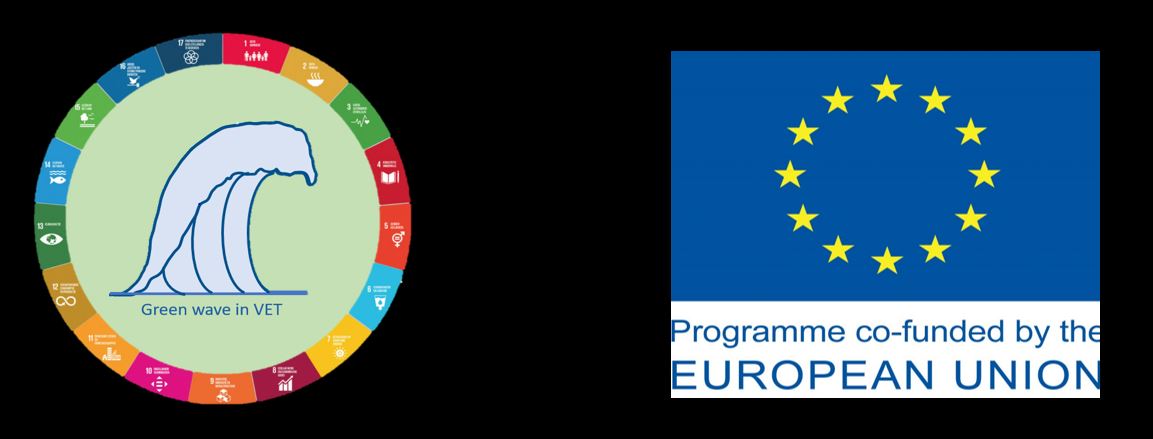< Back to the overview of the SDG’s
The targets for this SDG can be seen here.

Healthy building
Healthy buildings with good ventication, biophillic design, healthy materials, etc.
Healthy buidling methodes and exoskeletons
The importance of a healthy building is often overlooked. The air quality in a building has e.g. effect on learning performance, labor productivity and general well-being of employees. Investing in healthy buildings can therefore contribute to healthier employees and higher customer and employee satisfaction. Moreover, a healthy building is also financially attractive.
Healthy building is sustainable and stimulates the productivity of employees. If you factor that in, a somewhat more expensive building can quickly pay for itself.
What promotes health at home.
- Vacuum cleaning installation -> microdust allergens out
- Radiant heating and cooling -> healthier air
- Natural paint finish -> no chemical emissions
- Ecological interior and cleaning products ditto
- Truelight lighting = healthy artificial light spectrum
- Natural ventilation without energy and noise
- Humidification with plants
- Daylight influences melatonin for well-being
Smell -> Untreated wood
Sound -> natural ventilation
Daylight -> skylights and conservatory
Electric fields electricity -> only on the ceiling, no TL
Underfloor heating -> no burnt dust, no dust mites, safe
Dust-free vacuuming installation -> no micro-dust
Colors -> no overstimulation by screaming colors
Criteria:
HEALTH AND PRODUCTIVITY IN SUSTAINABLE BUILDINGS
AIR QUALITY
• Natural ventilation or mixed mode system
• Ceiling heights: the greater the available height above the occupant’s breathing zone, the greater the room for stratification
• Building materials: eliminations of volatile organic compounds (VOCs) and other pollutants
• Special exhaust ventilation for print rooms, copiers and laser printers (that emit ozone)
• Specification of low and zero emission carpets and suspended ceilings
• Specification of low or zero emission finishes and adhesives
• Air quality sensors (CO2) and variable ventilation intensity

THERMAL COMFORT
• Sensor technology and zoned controls that guarantee the comfort of individuals or small groups
• Adjustable external blinds connected to daylight sensors
LIGHTING AND DAYLIGHT
• Luminance levels suitable for tasks
• High color rendering
• High-frequency and efficient lights
• Limited glare and good visual comfort
• Presence detectors, color change and daylight binding
• Zoning of artificial light
• Daylight / Glare Control
SOUND AND ACOUSTICS
• Correct sound absorption of the space provided by absorbing materials
on surfaces depending on the room and its function
• Controlled background noise level suitable for particular activity or room typology
• Offers the need for concentration and privacy on the one hand and the desire for openness and communication on the other
• A range of different workspaces with different levels of acoustic privacy
INTERIOR LAYOUT AND ACTIVE DESIGN
• Task-based and social spaces
• Active design
BIOPHILICAL DESIGN AND QUALITY IMAGES
• View further away from computer or written documents making it easier for the eyes to adjust and refocus
• Nature view
LOOK AND FEEL
• Energy-efficient lighting strategy
• Materials with low volatile organic compounds (VOCs)
• Easy to clean
• Low VOC cleaning
• Adjust the ceiling height to the nature of tasks – high for creative tasks, low for
accuracy based (impact on HVAC strategy)
ACCESS TO AMENITIES
• Restaurants
• Retail and services
• Public transport nodes
• Social spaces (spaces of social activity in the neighbourhood)
Just Healthy Living
(GGW) designs homes with a good balance between light, sound, temperature and air quality.
Living comfort is related to sufficient ‘fresh’ outside air, which refreshes indoor air. In this they deviate from the current method, in which outside air entering the home is heated.
They use a heating system that does not heat the air, but people. It is based on a heat source that we know naturally, namely the sun. They mean IR heating. They use a product that NASA developed for the space shuttle.
The number of benefits are:
• Mold doesn’t get a chance and disappears;
• Outdoor air is healthy for humans;
• All Electric.
We do this by looking at different aspects:
• durability of a product;
• amount of energy and CO2 to make the product;
• amount of CO2 released when using the product;
• maintaining the product for 30 to 50 years;
• costs for reuse of the product;
• costs for recycling the product;
• supplier guarantees.
Simply Healthy Living stimulates a new building product that consists of prefab building elements. The advantage is that floors, facades and roofs, regardless of the weather
The Danish partner in the project Learnmark pays attention to the health of students and workers by teaching about exo skeletons. They can help lifting heavy objects etc.
They elegantly link this issue to the SDG’s. Of course SDG 3 Good health but also SDG 8 decent work, SDG 9 more sustainable industry and SDG 11 more sustainable production and consumption.
